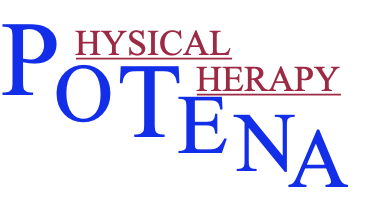Low Back Pain and Sciatica
You’ve probably gotten advice from just about everyone you’ve told about your back pain. They’ve told you what you should be doing, or what has helped them, and you’ve tried it all without success.
Despite the fact that low back pain is the most common musculoskeletal disability in the country, there are still a lot of unknowns, and many treatments leave a lot to be desired. Part of this is because there are many different causes for low back pain and they all need to be treated individually to address that cause.
Low back pain is very complex and can lead to pain and difficulty with all kinds of activity including:
Standing
Walking
Bending
Sitting
Inability to lift
Trouble sleeping
Getting in and out of chairs or bed
The list goes on….
Common Diagnosis We Treat:
Acute Back Pain
Chronic Back Pain
Sciatica
Pinched Nerve (Radiculopathy)
Slipped Disc (Disc Herniation)
Degenerative Disc Disease (DDD)
Stenosis
Spondylosis
Sponylolisthesis
Sacro-iliac dysfunction (SI Joint)
Muscle strains/spasms
Post-Surgical

There are a lot of “old wives’ tales” in regard to low back pain and treatment, many of which have been proven wrong. That’s why you should talk to an expert who uses the most up-to-date evidence when it comes to treating your back pain.
FAQ’s for Back Pain
Shouldn’t I Get An MRI Before Starting PT?
Absolutely not. In fact, the American College of Physicians actually recommends against imaging for low back pain except under very specific circumstances. Your Physical Therapist is trained to understand when that might be and when to refer you back to your doctor. The American College of Physicians also recommends conservative treatments such as manual therapy and exercise as the initial treatment decision.
What About The MRI Results?
If you’ve had an MRI that shows DDD, arthritis, a disc herniation etc, there’s good news! All of the available evidence supports the fact that these can be perfectly normal, “wrinkles on the inside” as we like to call them. In fact, all the MRI did is rule out anything more serious. All of these findings show up on MRI’s of individuals who are having no pain at all, and many times are not related to the pain we are experiencing.
Can Physical Therapy Even Help with Back Pain?
Yes! Physical Therapy has been shown to be effective for all different types of low back pain. Evidence supports the use of conservative treatment over surgery, and referral to PT can actually save you and the healthcare system money. The key is to understand what is causing the pain, and address those areas through a focus on treatment response by grouping patients into specific treatment classifications that will get at the cause of their individual problem.
My Pain Has Already Significantly Improved, Why Do I Still Need PT?
Low back pain is known to be a recurring issue that often times improves on its own. Even if this is your first episode of low back pain, your chance of a recurrence is high. That’s because the largest risk factor for an episode of low back pain is... wait for it… a previous history of low back pain. More so than weight or activity level. Physical Therapy can help to reduce the risk of recurrence of low back pain. It can also reduce the frequency and intensity of episodes of low back pain when they have become recurrent, and give you tools to work with for when those episodes do come on.
